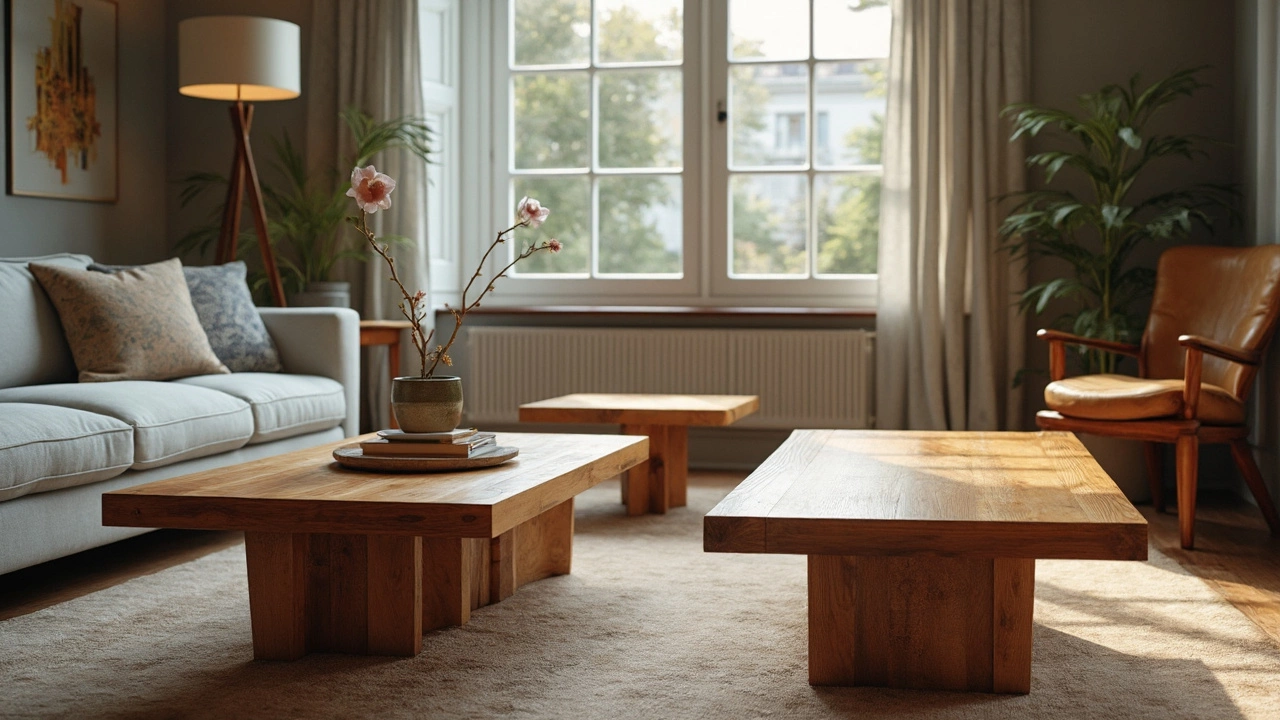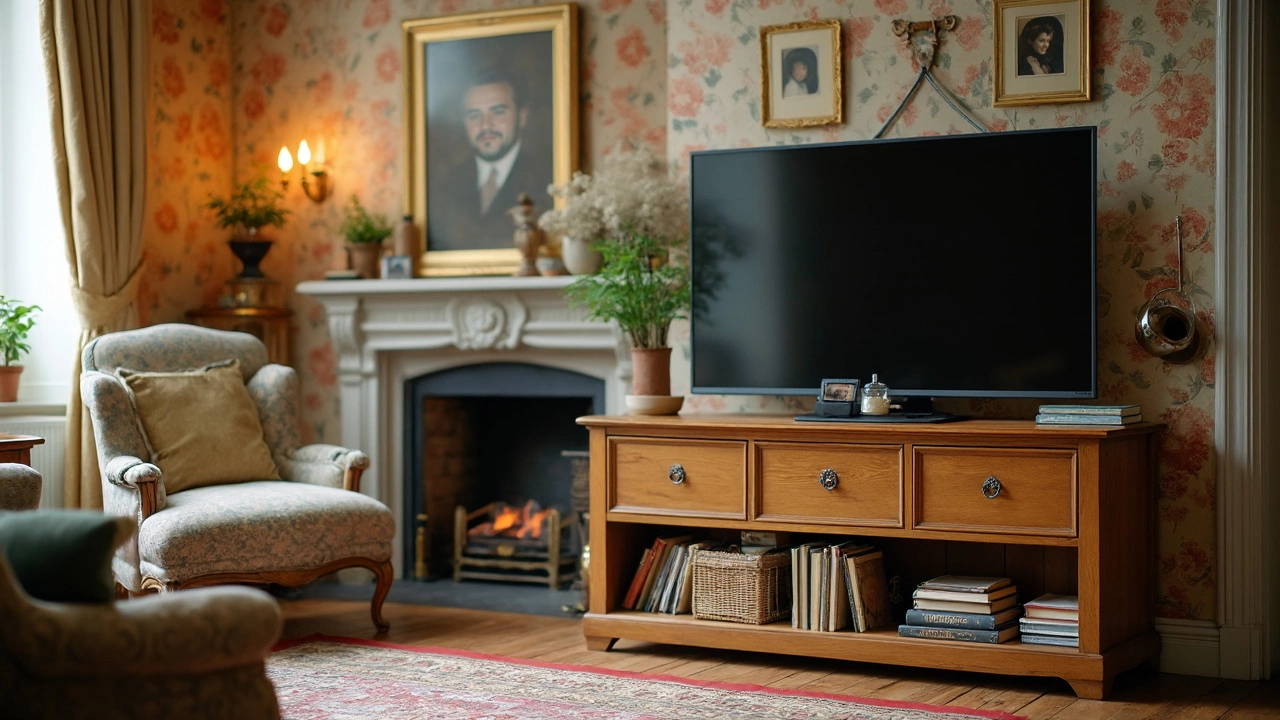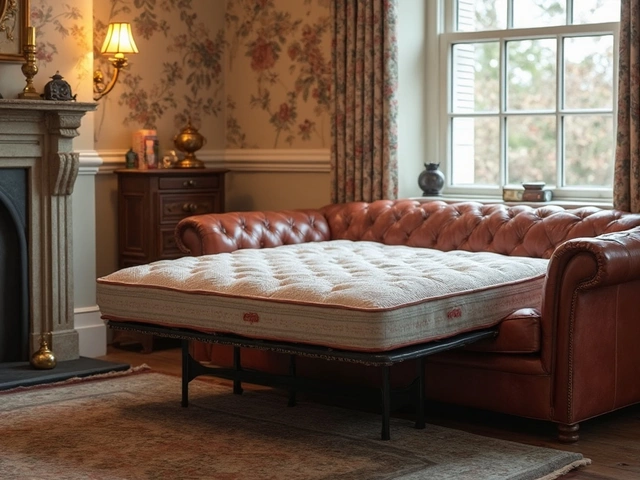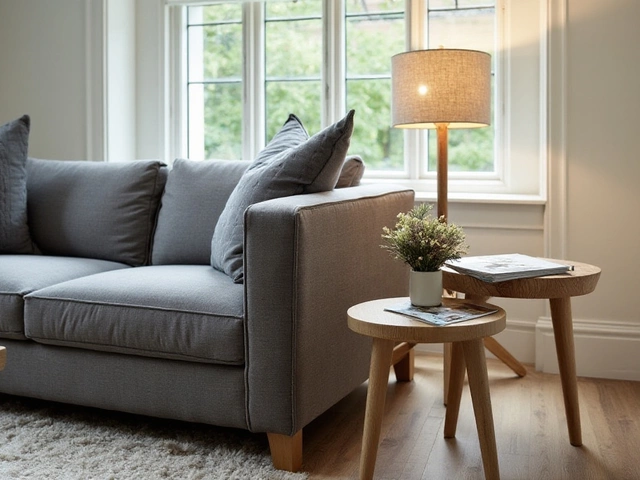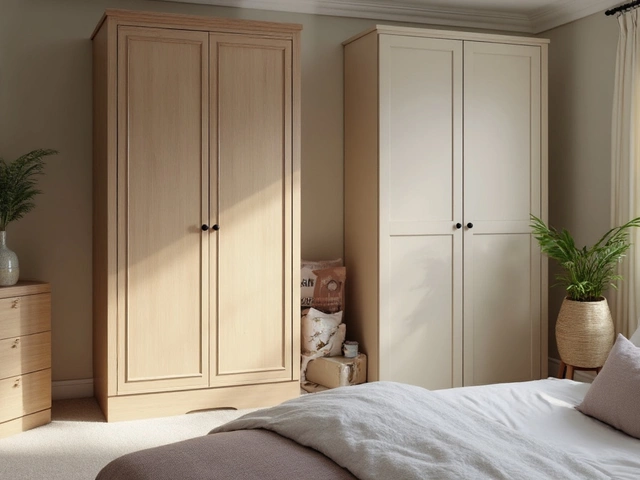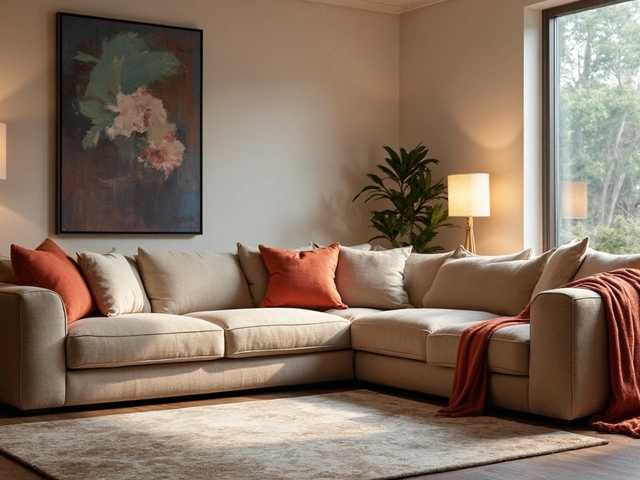Furniture Tips: Simple Advice to Pick, Use and Care for School and Office Furniture
When you walk into a classroom or office, the first thing you notice is the furniture. Good desks, chairs and storage make the space feel organised and comfortable, while poor choices can cause headaches and wasted money. Below you’ll find clear, no‑fluff tips that help you select the right pieces, set them up correctly and keep them lasting for years.
Choosing the Right Piece
Start by asking three basic questions: Who will use it? What will they do with it? Where will it sit? For a primary‑school desk, look for a sturdy frame, a smooth surface that wipes clean and a height that matches young learners’ elbows. A desk that’s too high forces kids to hunch, while one that’s too low wastes legroom.
In an office, the chair matters just as much as the desk. A good office chair should have adjustable height, lumbar support and wheels that roll on carpet and hard floor alike. Test the chair by sitting for a minute – if you feel the back give way or the seat sink, it’s not built to last.
Storage furniture follows the same rule: match size to the room and to the items you need to store. A narrow filing cabinet fits a tight hallway, while a tall, open bookshelf works well in a library corner. Remember to measure the width of doorways and elevators before you order, so delivery doesn’t become a nightmare.
Keeping It in Good Shape
Maintenance is cheaper than replacement. For wooden desks, wipe spills right away with a soft damp cloth – waiting lets stains set in and can damage the finish. Apply a protective polish once a year to keep the surface smooth.
Metal chairs and tables need a quick check for loose bolts every six months. A simple screwdriver can tighten any wobble before it turns into a breakage. If you hear a squeak, tighten the screws and add a bit of silicone grease to moving parts.
Upholstered sofas and chairs benefit from regular vacuuming to lift dust and crumbs. Rotate cushions every few weeks to even out wear. When a cushion loses shape, a small amount of upholstery foam can revive it without buying a whole new piece.
For storage units, avoid over‑loading shelves – the weight limit is usually printed inside the cabinet. Too much weight can bend the wood or warp the metal. Label boxes and keep heavier items on lower shelves for safety and stability.
Finally, keep a simple log of repairs. Write down the date you tightened a bolt or applied polish. After a year you’ll see which pieces need a deeper overhaul and which are still going strong.
By following these straightforward tips, you’ll create learning and working environments that feel safe, look neat and last longer. Good furniture doesn’t have to be expensive; it just needs the right fit and a bit of care.
